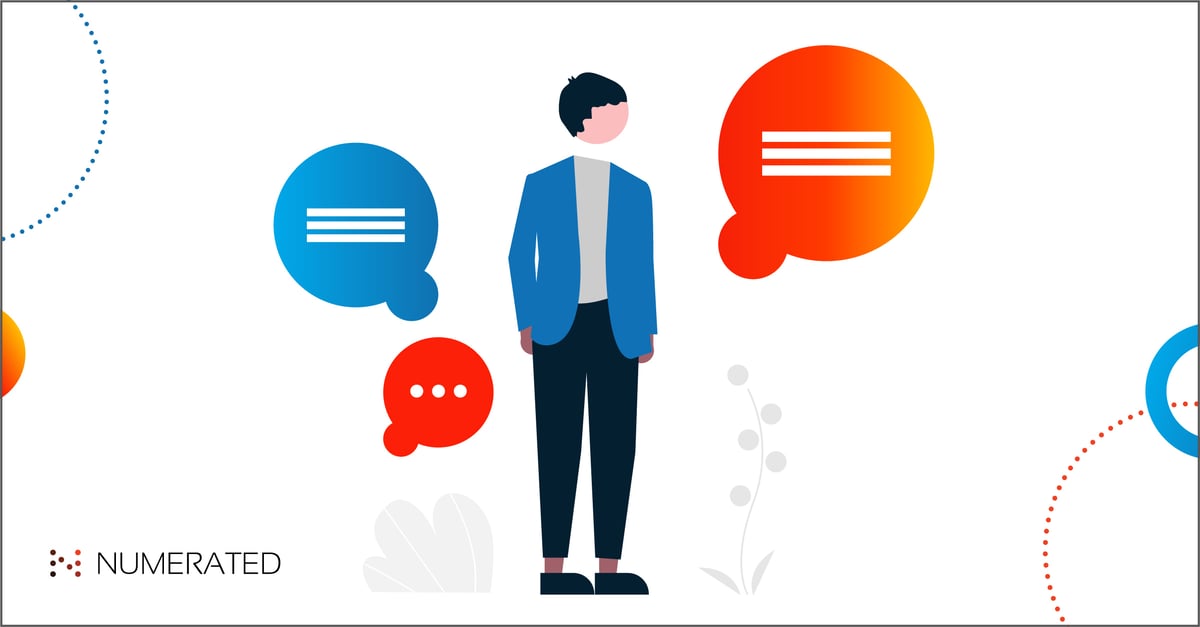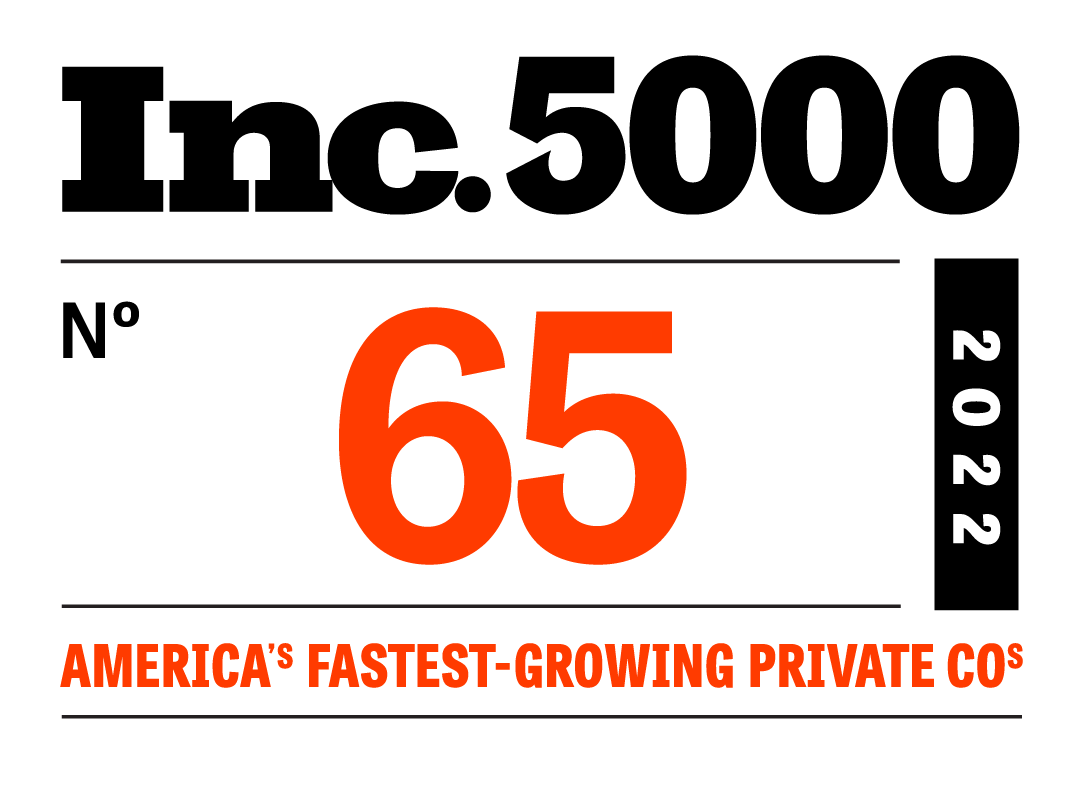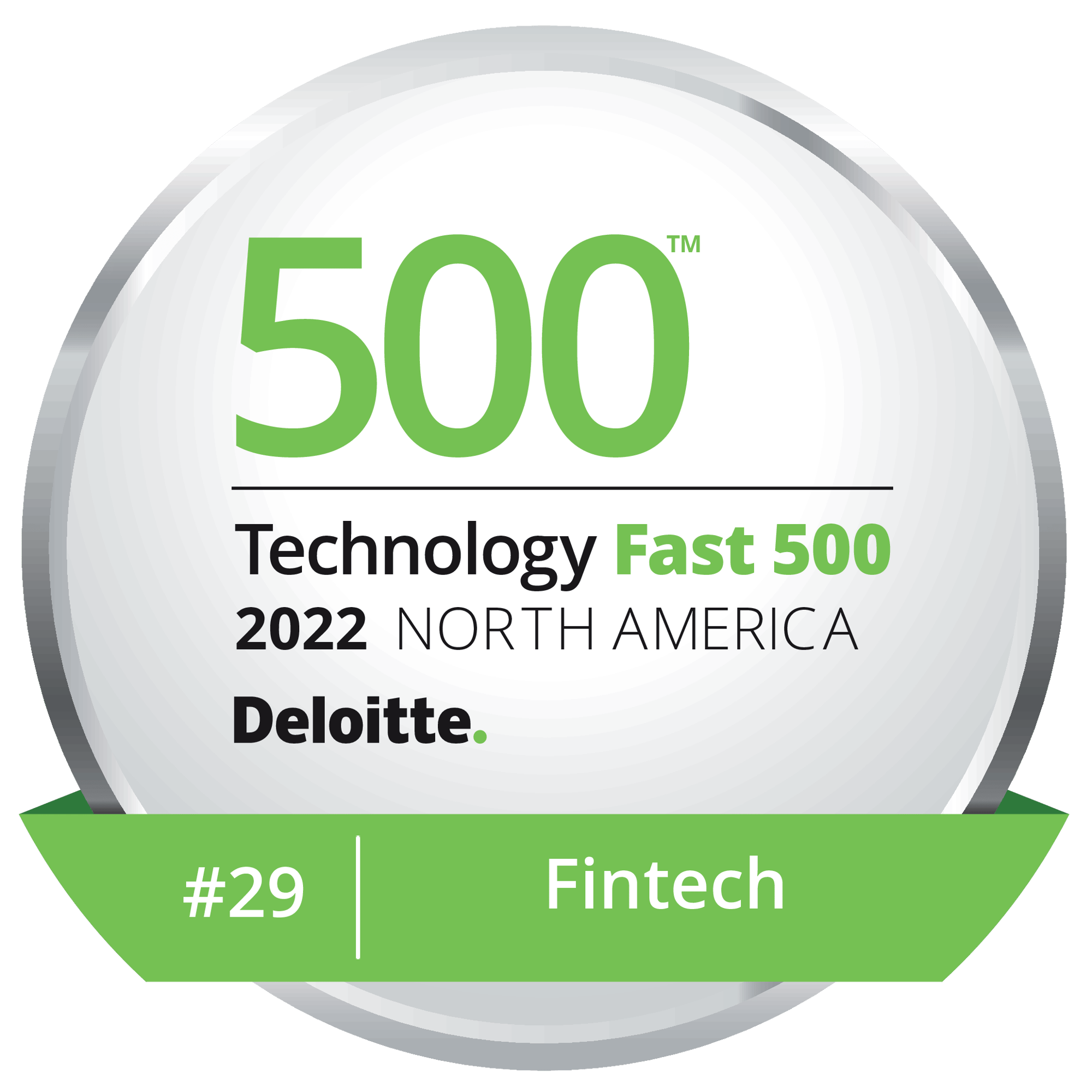
With Paycheck Protection Program originations wrapped, banks and credit unions are finally free to turn the corner to other strategies and priorities. And yet, one piece of the program remains: Forgiveness.
Over the course of three rounds of funding, some lenders helped thousands of small businesses secure First and Second Draw PPP loans. Now, they’ll be required to help those borrowers apply for, and secure, Forgiveness.
While Congress simplified Forgiveness when they passed legislation to extend the program late last year, complexities remain that lenders need to be aware of and should plan for appropriately.
To help, we sat down with our Head of Traditional Bank Products, Michael Desimone for a quick refresher on PPP Forgiveness and on what lenders should expect from their borrowers during this process.
Q&A With Michael Desimone, head of traditional bank products, on PPP Forgiveness Eligibility, Coverage Periods, Workflows, and More
The following Q&A has been edited for clarity and brevity.
Question: To start, can you give us a refresher on the basics of PPP Forgiveness?
Answer: Yeah, you bet! So, you've got your PPP loan. The day that that loan is disbursed, is the first day of the covered period. The covered period is the time during which the borrower needs to spend the money on covered expenses; those are the eligible expenses for loan Forgiveness. They have a minimum of eight weeks to spend that, and up to 24 weeks to spend the money, and any duration in between there can be their covered period. But it can't be less than eight weeks or more than 24.
When the end of the covered period rolls around, the applicant--depending on the size of their loan--needs to show evidence of how they spent those covered expenses. For larger loans, this means providing utility bills, canceled checks, or bank statements, for example; stuff that shows payments were made. With smaller loans, however, the applicant is trusted to spend the money in the way that they said they did and don’t need to provide the same kind of proof. Rather, that information is collected in the Forgiveness application.
From there, it’s up to the lender to decide whether the applicant has checked all the boxes and the application is ready to be sent to the SBA for review. The SBA, in turn, will send the bank a payment equal to the loan amount plus the accrued interest since the loan was first disbursed. The SBA is paying the interest on behalf of the borrower.
In most cases, over 99 percent of the loan gets paid off in full by the SBA directly to the lender. The lender lets the borrower know that the loan has been paid off and they don't have any additional obligations.
Q: Who is currently eligible for Forgiveness?
A: I want to say the last few loans were done in late May, and so those very last borrowers haven't quite hit the eight week hurdle yet, but that's probably a fraction of a percentage of the PPP funds that are out there. So, in theory, almost anyone who has received a PPP loan could be eligible for Forgiveness at this point--certainly anyone who got their PPP loan in 2020 would be eligible at this point.
That, of course, assumes a borrower has spent their PPP loan during that covered period and did so appropriately.
To be eligible the borrower needs to spend that money primarily on payroll. In fact, they need to spend at least 60 percent of the loan proceeds on payroll to qualify for full Forgiveness. There are a lot of other things they could spend that money on as well: mortgage interest payments; rent and lease payments as long as the payments all go to independent third parties; utilities; and more..
There are also a handful of new covered expenses that were created with the Forgiveness changes that happened earlier this year, like covered operations expenditures--things to keep the business going--for example.
Q: What happens if a borrower gets to Week 24 of their covered period and they haven’t yet applied for Forgiveness?
A: That’s actually not a problem for the borrower, and they’ve still got plenty of time to apply for Forgiveness. In fact, a borrower has until the maturity of their PPP loan to apply for Forgiveness. That could be as far out as five years from now, depending on when they got the loan, or maybe two years out if they got their loan early in the program.
The thing to keep in mind is that 10 months after the end of the covered period, is when payments become due. The covered period is always assumed to be the maximum 24 weeks for determining when payments begin. So, 24 weeks goes by, and then 10 months goes by after that. If the borrower hasn't applied for forgiveness at that point, they need to start making payments on the PPP loan.
Those payments can actually be refunded once they apply for Forgiveness if SBA approves and they get full Forgiveness, that money can make its way back to them.
If they haven't gotten around to applying for forgiveness, roughly 16 months after the loan was disbursed, they'll get a notification from the bank letting them know that payments are now due, and they'll need to start making payments on the PPP loan.
Q: What do lenders need to do if their borrower hits the end of their covered period without applying for Forgiveness?
A: That’s a good question that becomes really important in October of this year, because the very first PPP loans were originated in April 2020, so that’s roughly 16 months apart.
As a lender, I need to let that customer know that their payments are now due. I want to probably give them a notification that says, "Hey, based on when you applied, and when your loan was disbursed, you need to start making monthly payments. Therefore beginning on X date in the near future, you're going to be required to make regular monthly payments of this amount."
Following that notification will be the first billing statement letting the borrower know how and when to make payments, as well as how to remit the payment. As mentioned, borrowers will still be allowed to apply for Forgiveness during this time and, if they do, pause their payments.
October will also be interesting because it will be when lenders first get a sense of how many businesses didn’t survive the pandemic based on how many of their PPP loans are moved into default when borrowers miss the first payment after not applying for Forgiveness. Given the massive rush for PPP loans at the opening of the program, this could be a high volume moment.
It will also be the moment where the SBA is going to have to start paying their guarantees. In the same way that they pay Forgiveness, a lender will need to work with the SBA to let them know that this customer can't make the payments or isn't making the payments and, therefore, the loan is in default. So, SBA needs to pay the lender on the guarantee to cover the loan balance.
Q: How can Numerated help make this process easier for banks and credit unions?
A: If I were a lender, I would be worried about an influx of Forgiveness applications just before that 16-month period rolls around.
Many borrowers know they qualify for Forgiveness but have put off this arduous process for a number of reasons. Knowing payments are coming due could act as a forcing function for them, putting stress on a lender’s resources.
For lenders, they've only got 60 days to get a Forgiveness application turned around and submitted to the SBA after they receive it from a borrower. There'll be a glut of work that comes from that.
One way Numerated can help is by providing a really good User Interface that makes it easy for customers to work their way through somewhat complicated applications.
There's some math in the Forgiveness application that is more complex than what was in the origination application, requiring borrowers to gross up expenses to make sure they hit that 60 percent on payroll, for example. The Numerated platform does all that for them, telling them where to go to look for pertinent information as well as what amounts can and should be included.
The UI also ensures there’s no way that a borrower can input a covered period end date that is not accurate within that 8-24 week period--whereas, on a piece of paper, information can be miswritten, ultimately requiring more back and forth between lender and borrower.
Just getting clean, accurate applications is a big, important part of making Forgiveness easy. It will require less lender intervention to get customers the help they need to complete their Forgiveness application.
The other really significant problem the Numerated platform solves, is that you've got somewhere around 80 percent of borrowers in PPP that qualify for the 3508S application; that's for borrowers with First and Second Draw PPP loans of $150,000 or less each. Those borrowers have a much shorter application.
The Numerated platform allows lenders to automate the submission of 3508S applications to the SBA after they’ve sat with the lender for about four days. That four-day buffer window is there to allow lenders to intervene or look more closely at applications that need an extra set of eyes, but significantly reduces the work associated with the overwhelming majority of these light-weight applications.
I think that is something that is going to help lenders a lot, especially now that the world is back to normal. It's worth a reminder that, especially at the beginning of PPP, but even through a lot of last year, it was easier for banks to pull people from different parts of the company and have them work on PPP, because other parts of the business came to a standstill.
Business has returned to "as usual" now. All those resources that lenders were able to gather and pull into PPP are really not there anymore. They've got future-looking goals. They've got to rebuild the balance sheet after PPP loans get forgiven. They've got to build new customer relationships. Not having the resources the banks did previously, it's really important to find ways to make the process easier, to create automation so that they don't have to try to find the resources to get this work done by repurposing existing staff again.
Q: Any final thoughts on PPP Forgiveness as it stands today?
A: A lot of banks gained new customers by way of PPP. Forgiveness can either be the last touch point they ever have with that new customer, because the customer will go away from this episodic event, this one time thing that they worked with a bank on, or it's their chance to develop that relationship further.
By partnering with us, lenders can leverage the Numerated platform to do that in the same app, in the same place, in a very familiar setting where they first did their PPP Forgiveness application. It's a moment for a bank to decide whether or not they want to keep working with that customer, especially if it was a new customer from PPP, and take that relationship to the level that they expected it to be when they decided to work with someone new.
Get More Insights Like These
Outside of our blog, you can get insights from Numerated subject matter experts like Michael by registering for our weekly Insights Sessions--30-min webinars, every Tuesday at 3pm ET.
Register for our next Insights Session by saving your seat, here.







